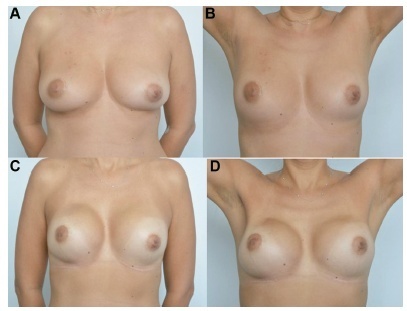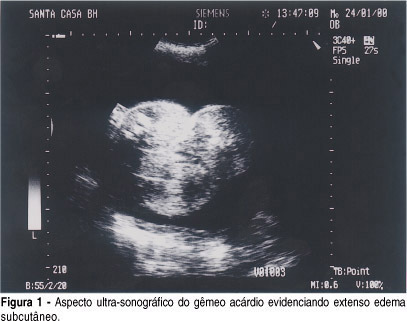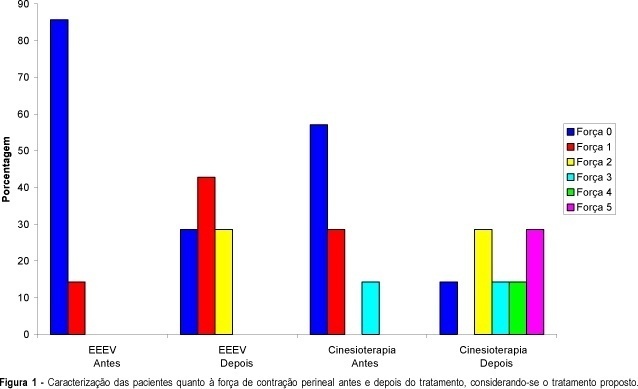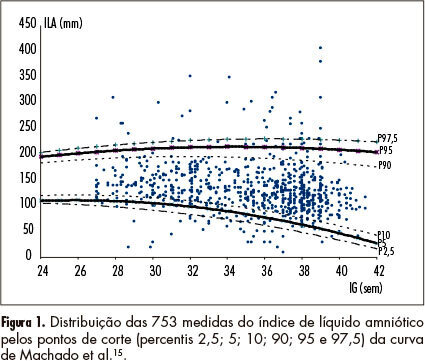Summary
Revista Brasileira de Ginecologia e Obstetrícia. 2023;45(8):489-498
To perform a systematic review and meta-analysis of studies on maternal, fetal, and neonatal outcomes of women with singleton pregnancies, after spontaneous conception, and with the diagnosis of amniotic sludge before 37 weeks of gestational age.
We conducted a search on the PubMed, Cochrane, Bireme, and Theses databases until June 2022.
Using the keywords intra-amniotic sludge or fluid sludge or echogenic particles, we found 263 articles, 132 of which were duplicates, and 70 were discarded because they did not meet the inclusion criteria.
The articles retrieved were analyzed by 2 reviewers; 61 were selected for full-text analysis, 18 were included for a qualitative analysis, and 14, for a quantitative analysis.
Among the maternal outcomes analyzed, there was an increased risk of preterm labor (95% confidence interval [95%CI]: 1.45–2.03), premature rupture of ovular membranes (95%CI: 1.99–3.79), and clinical (95%CI: 1.41–6.19) and histological chorioamnionitis (95%CI: 1.75–3.12). Regarding the fetal outcomes, there was a significant increase in the risk of morbidity (95%CI: 1.80–3.17), mortality (95%CI: 1.14–18.57), admission to the Neonatal Intensive Care Unit (NICU; 95%CI: 1.17–1.95), and neonatal sepsis (95%CI: 2.29–7.55).
The results of the present study indicate that the presence of amniotic sludge is a risk marker for preterm delivery. Despite the heterogeneity of the studies analyzed, even in patients with other risk factors for prematurity, such as short cervix and previous preterm delivery, the presence of amniotic sludge increases the risk of premature labor. Moreover, antibiotic therapy seems to be a treatment for amniotic sludge, and it may prolong pregnancy.
Summary
Revista Brasileira de Ginecologia e Obstetrícia. 2022;44(5):489-496
Few studies analyzed the safety of salvage nipple-sparing mastectomy (NSM) for local relapse treatment. We evaluated the outcomes of patients with indications for mastectomy who chose to undergo NSM for ipsilateral breast tumor recurrence (IBTR).
Between January 2001 and December 2018, we evaluated 24 women who underwent NSM for local relapse after conservative surgery.
Thepatientswere followedupfor amean time of132months since thefirst surgery. After the NSM, 5 (20.8%) patients were diagnosed with local recurrence and only 1 (4.2%) patient died. The patients presented 4.8% (2) of partial and 2.4% (1) of total nipple necrosis.
In this long-term follow-up since the first surgery, we observed low rates of complication and good survival, although associated with high local recurrence in patients diagnosed with IBTR undergoing NSM as salvage surgery.We demonstrated that NSMmay be considered after IBTR for patients who did not want to undergo total mastectomy.

Summary
Revista Brasileira de Ginecologia e Obstetrícia. 2004;26(6):489-494
DOI 10.1590/S0100-72032004000600011
Twin pregnancy with an acardiac twin is a rare event characterized by the presence of a placentary arterial anastomosis between the pump twin, morfologically normal, and the acardiac twin, causing a reverse circulation in one of the twins. The major complications are associated with cardiac failure in the normal twin, which is due to circulatory overload and prematurity. Many therapeutic options have been proposed, but there is no consensus about which one is the best therapy. However, intrafetal ablation of the umbilical artery of the acardiac fetus proved to be an inexpensive method that is easy to perform and highly efficient in controlling circulatory overload. We presented two cases of intra-fetal ablation and good evolution. A triplet pregnancy in which the intra-fetal ablation was done in a 29-week-old fetus that evolved to premature delivery of a healthy baby, and a twin pregnancy in which intra-fetal ablation was done in a 31-week-old fetus that evolved to premature rupture of membranes and the premature delivery of a healthy baby.

Summary
Revista Brasileira de Ginecologia e Obstetrícia. 2000;22(1):49-54
DOI 10.1590/S0100-72032000000100009
Purpose: to compare patients with genuine stress incontinence (GSI) who were submitted to a pelvic floor exercise program (PFEP) with those who were submitted to a pelvic floor electrical stimulation (PFES). Methods: fourteen GSI patients, with age between 31-64 years, participated in the study. They were divided into two groups of 7 each. PFEP or PFES was performed for 10 days. The women were evaluated at the first consultation and reevaluated after the ten-day treatment by only one physical therapist. For the statistical analysis nonparametric tests were used. Results: all had a partial or a total improvement of the GSI after the treatment, considering the subjective and objective analysis of the research. Conclusion: both PFEP and PFES showed to be effective to treat GSI, although PFEP showed a tendency to be the better treatment.

Summary
Revista Brasileira de Ginecologia e Obstetrícia. 2013;35(2):49-54
DOI 10.1590/S0100-72032013000200002
PURPOSE: To evaluate the performance of a Brazilian reference curve of fundal height (FH) regarding its capacity of screening the deviations of volume of amniotic fluid using a Brazilian reference curve of amniotic fluid index (AFI) as gold standard. METHODS: This was a cross-sectional study evaluating 753 pregnant women receiving prenatal care at the public health services of João Pessoa (PB), from March to October 2006, who had a routine ultrasound exam scheduled for after 26 weeks of gestational age. Cases with diagnoses of twin pregnancy, intrauterine fetal death and major fetal malformations were excluded. Besides socio-demographic information, data regarding fundal height measured in a standard way, estimated fetal weight, AFI and gestational age at the time of the ultrasound exam were also collected. The capacity of the FH curve to predict deviations of the amniotic fluid volume was assessed using the Brazilian curve of AFI according to gestational age as the gold standard. For this purpose, sensitivity, specificity, positive and negative predictive values were estimated for different cut-off points. RESULTS: The measurement of FH identified 10.5% of women as having low FH possibly associated with oligohydramnios and 25.2% as having high FH possibly associated with polyhydramnios. Using a Brazilian reference curve of AFI, the FH was able to poorly predict the occurrence of oligohydramnios (sensitivity ranging from 37 to 28%) and to reasonably predict the occurrence of polyhydramnios (sensitivity ranging from 88 to 69%). CONCLUSIONS: The measurement of fundal height showed a poor performance for predicting oligohydramnios and a reasonable performance for predicting polyhydramnios. Its use for this purpose is then only supported in settings where the ultrasound exam is not easily or routinely available in order to help define priorities for cases that should have this exam performed.

Summary
Revista Brasileira de Ginecologia e Obstetrícia. 2012;34(2):49-51